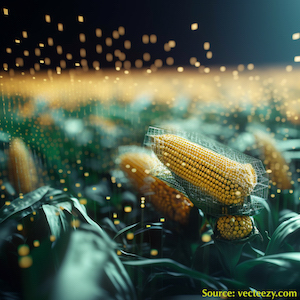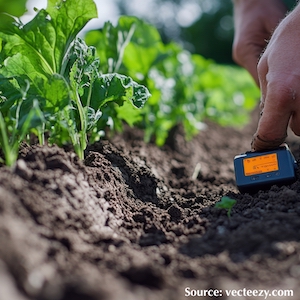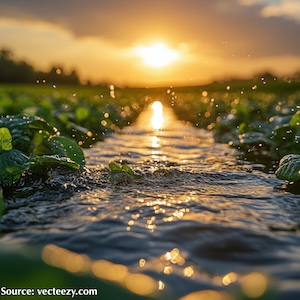Variable-rate spray system for unmanned aerial applications using lag compensation algorithm and pulse width modulation spray technology
All claims expressed in this article are solely those of the authors and do not necessarily represent those of their affiliated organizations, or those of the publisher, the editors and the reviewers. Any product that may be evaluated in this article or claim that may be made by its manufacturer is not guaranteed or endorsed by the publisher.
Authors
To ensure that a variable-rate spray (VRS) system can perform unmanned aerial spray in accordance with a prescription map at different flight speeds, we examine in this paper such significant factors as the response time of the VRS system and the pressure fluctuation of the nozzle during the variable-rate spraying process. The VRS system uses a lag compensation algorithm (LCA) to counteract the droplet deposition position lag caused by the system response delay. In addition, pulse width modulated solenoid valves are used for controlling the flowrates of the nozzles on the variablerate spray system, and a mathematical model was constructed for the spray rate (L min-1) and the relative proportion of time (duty cycle) each solenoid valve is open. The pressure drop and solenoid valve response time at different duty cycles (50~90%) were measured by indoor experiments. Meanwhile, the lag distance (LD), spray accuracy, and droplet deposition characteristics of the VRS system were tested by conducting outdoor experiments at different flight speeds (4m s-1, 5m s-1, 6m s-1). The results show that LCA can effectively reduce the LD. The LD values of the VRS system with LCA ranged from -0.27 to 0.78m with an average value of 0.32m, while without LCA, the LD values increased to 3.5~4.3m with an average value of 3.87m. The overall spray position accuracy was in the range of 91.56~97.32%. Furthermore, the spray coverage and deposition density, determined using water sensitive paper, were used to evaluate the spray application performance taking into account the spray volume applied. The VRS system can provide the most suitable spray volumes for insecticide and fungicide plant protection products. Based on a prescription map, the optimized VRS system can achieve accurate pesticide spraying as well as desirable spray coverage and deposition density.
How to Cite

This work is licensed under a Creative Commons Attribution-NonCommercial 4.0 International License.









